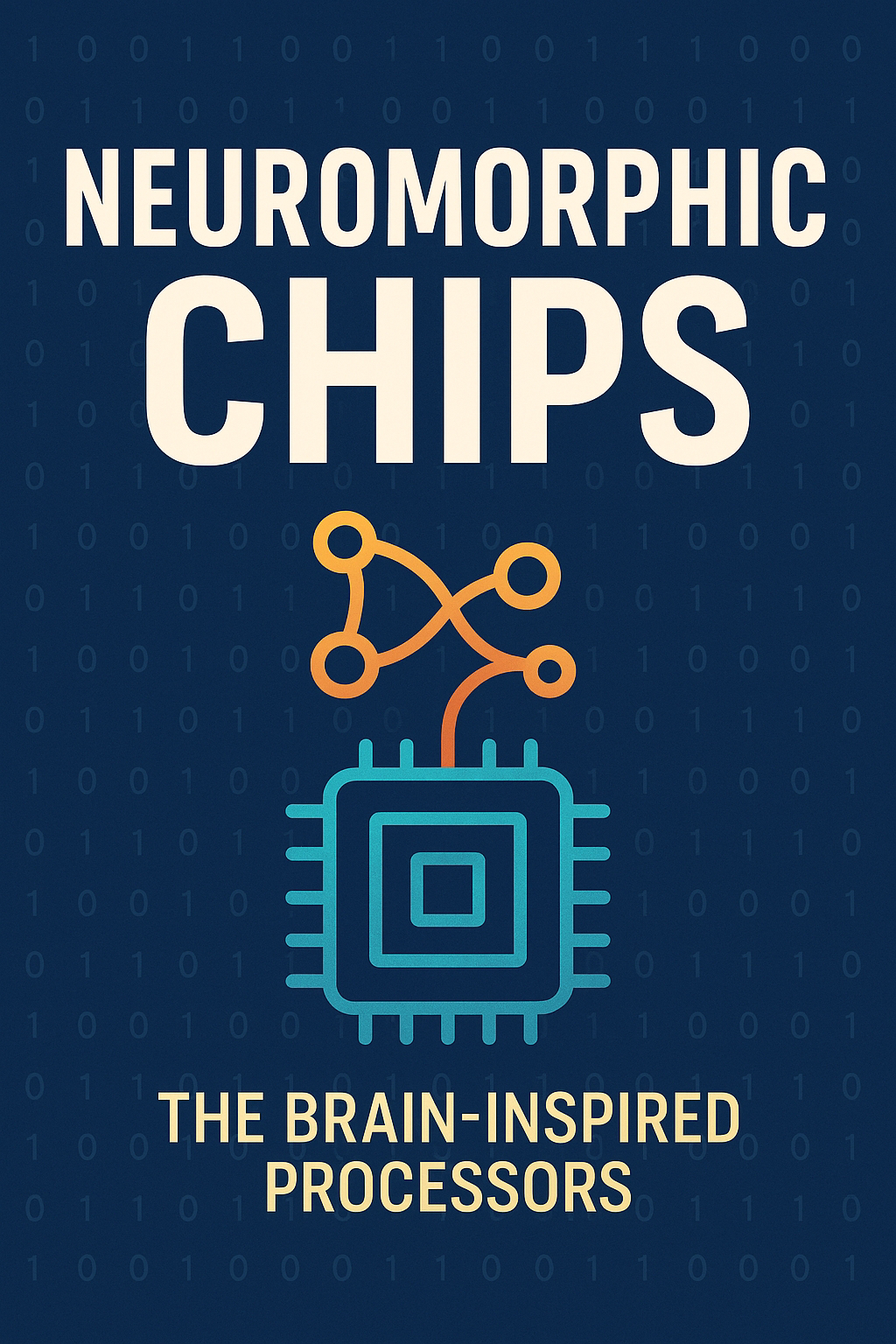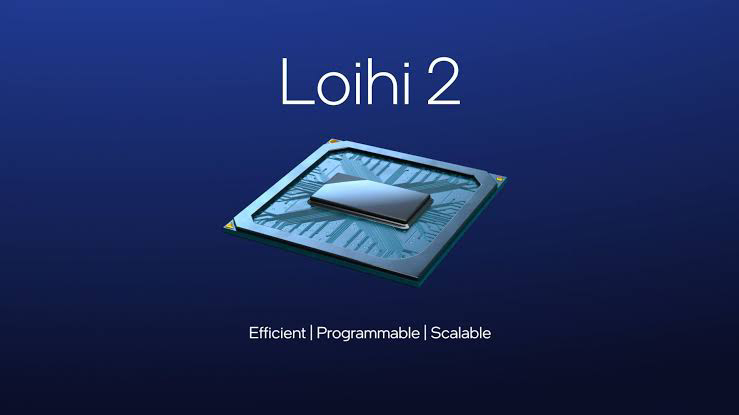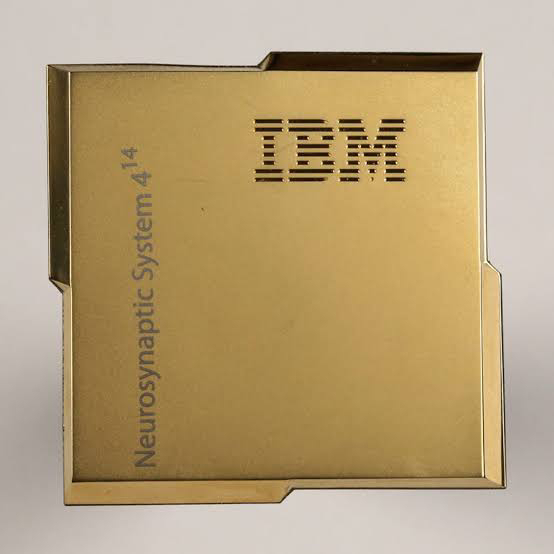In this post, we’ll break down:
What neuromorphic chips are
How they work differently from traditional CPUs/GPUs
Why they matter in the age of AI
Where we are now and what the future holds
---
🔍 What Are Neuromorphic Chips?
Neuromorphic = “Neuro” (brain) + “Morphic” (form or shape)
Neuromorphic chips are a type of processor designed to simulate the structure and function of the human brain’s neural networks using specialized circuits.
Instead of following a linear, instruction-based model like traditional CPUs, neuromorphic chips:
Work asynchronously (not bound by a clock)
Use spiking neurons instead of bits
Communicate via electrical spikes, just like real neurons
Are massively parallel, energy-efficient, and adaptive
🧠 Think of them like digital brains — mimicking how neurons fire and learn.
---
🖥️ How Are They Different from Traditional Processors?
1. Data Processing
Traditional CPUs/GPUs: Sequential
Neuromorphic Chips: Event-driven, parallel
2. Power Usage
Traditional CPUs/GPUs: High
Neuromorphic Chips: Ultra-low
3. Learning Capability
Traditional CPUs/GPUs: Relies on external AI models
Neuromorphic Chips: On-chip, brain-like learning
4. Memory Architecture
Traditional CPUs/GPUs: Memory is separate from processor
Neuromorphic Chips: Memory and processing are integrated (like neurons)
5. Design Inspiration
Traditional CPUs/GPUs: Based on logical, step-by-step computation
Neuromorphic Chips: Inspired by biological neural networks
---
🚀 Why Are Neuromorphic Chips Important?
As AI models grow in size and complexity, they demand:
More energy
Faster processing
More efficient learning
Neuromorphic chips offer a biologically inspired solution, ideal for:
Real-time decision-making
Edge computing (devices that can't rely on cloud)
Adaptive robots
Brain-machine interfaces
Energy-limited devices (like wearables, drones, satellites)
🔋 Example: Intel’s Loihi 2 chip can solve optimization problems with 1000× less energy than a CPU.
---
🧪 Real-World Projects & Chips
1. Intel Loihi 2
1 million neurons on a single chip
Learns on-chip without cloud support
Used for robotics, gesture recognition, and more
2. IBM TrueNorth
Simulates 1 million neurons and 256 million synapses
Consumes just 70 milliwatts of power!
3. BrainChip Akida
Commercially available chip with real-time learning
Focused on edge AI: vision, audio, cyber security
---
🌐 Applications in 2025 and Beyond
🔸 Healthcare: Smarter prosthetics and brain-machine interfaces
🔸 Smart Devices: Ultra-low-power devices that adapt to users
🔸 Autonomous Systems: Real-time decision-making with minimal energy
🔸 AI at the Edge: Cameras, drones, wearables with on-device intelligence
> Imagine a smartwatch that learns your patterns and adapts over time—without draining your battery or needing the cloud.
---
🤖 The Future of AI May Be Neuromorphic
We’re still in the early stages, but neuromorphic computing is seen as a key step toward Artificial General Intelligence (AGI) — machines that can learn, reason, and adapt like humans.
Companies like Intel, IBM, BrainChip, and even NASA are investing heavily in neuromorphic R&D.
---
✍️ Final Thoughts
Neuromorphic chips are a glimpse into the next generation of computing — one that’s not only faster and smarter but also energy-aware and biologically inspired.
> 💡 If silicon chips powered the digital revolution, neuromorphic chips might power the cognitive revolution.

















0 Comments